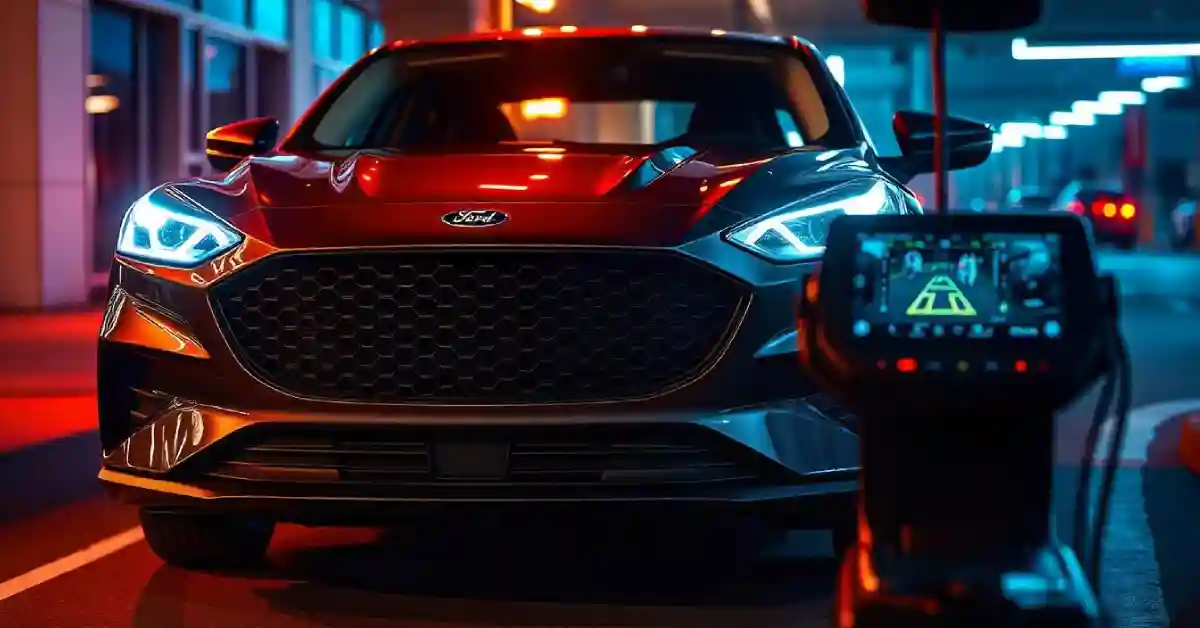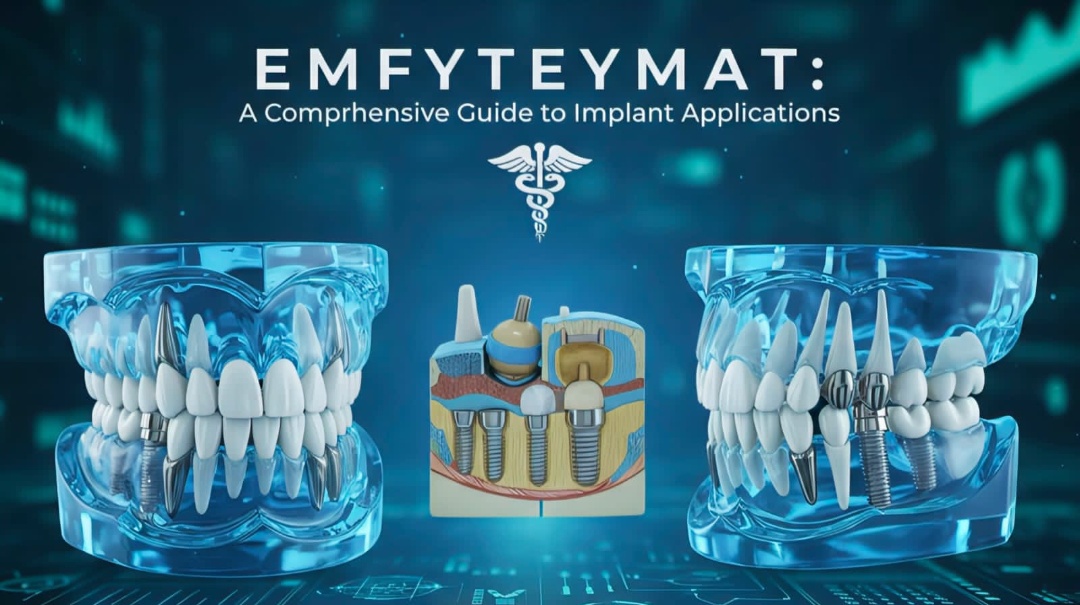The automotive industry is rapidly evolving, and one notable representation of this innovation is the Ford Mach E. Central to its advanced safety and driver-assist technologies are its camera systems, specifically the Front Collision and IPAM (In-Park Assistance Module) cameras. This article will explore these systems in detail, focusing on their functions, specifications, and the importance they hold in enhancing vehicle safety.
An Introduction to the Ford Mach E Camera
The Ford Mach E is not just an electric vehicle; it embodies modern automotive technology, particularly in its use of cameras for safety and assistance. The integration of multiple camera systems allows for an enhanced awareness of the vehicle’s surroundings and a significant reduction in driver stress during operation.
When considering the role of automotive cameras, it’s essential to appreciate their impact on the overall driving experience. These tools provide critical data that makes driving safer and more efficient, transforming how drivers interact with their vehicles.
The Importance of Automotive Cameras
Automotive cameras serve various essential functions, ranging from collision avoidance to parking assistance. They enhance the driver’s view of the environment and support a range of safety features such as adaptive cruise control, lane-keeping assist, and automated emergency braking.
The advancement of camera technologies has drastically improved since their introduction in vehicles. Modern systems leverage high-resolution imaging, infrared capabilities, and advanced algorithms to deliver timely alerts, significantly reducing accidents caused by human error.
Overview of the Ford Mach E Camera System
The Ford Mach E is equipped with a suite of cameras that provide a comprehensive view around the vehicle. The camera systems include the Front Collision Camera, which is crucial for detecting potential hazards in the path of the vehicle, and the IPAM camera, primarily used for parking assistance and enhancing the driver’s perspective.
These systems work diligently to ensure the safety of both the passengers and pedestrians. The cameras are strategically positioned to eliminate blind spots, providing a complete picture of the environment for the driver.
In addition to the aforementioned cameras, the Mach E also features a rearview camera that offers a wide-angle view of the area behind the vehicle, making reversing and parking maneuvers much safer. This camera is complemented by parking sensors that alert the driver to obstacles, ensuring that even the most novice drivers can navigate tight spaces with confidence. Furthermore, the vehicle’s 360-degree camera system provides a bird’s-eye view, allowing for unparalleled situational awareness when maneuvering in crowded areas or during complex parking situations.
The Ford Mach E’s camera system is not just about safety; it also enhances the overall driving experience. For instance, the cameras can assist in detecting lane markings, helping the vehicle stay centered in its lane during highway driving. This feature, combined with the adaptive cruise control, allows for a more relaxed driving experience, especially on long journeys. The seamless integration of these technologies into the vehicle’s design showcases Ford’s commitment to innovation and user-friendly features, making the Mach E a standout in the electric vehicle market.
Delving into the Front Collision Camera
The Front Collision Camera is one of the key features of the Ford Mach E’s safety suite. It continuously scans the road ahead for obstacles and potential collisions, allowing for timely intervention when necessary.
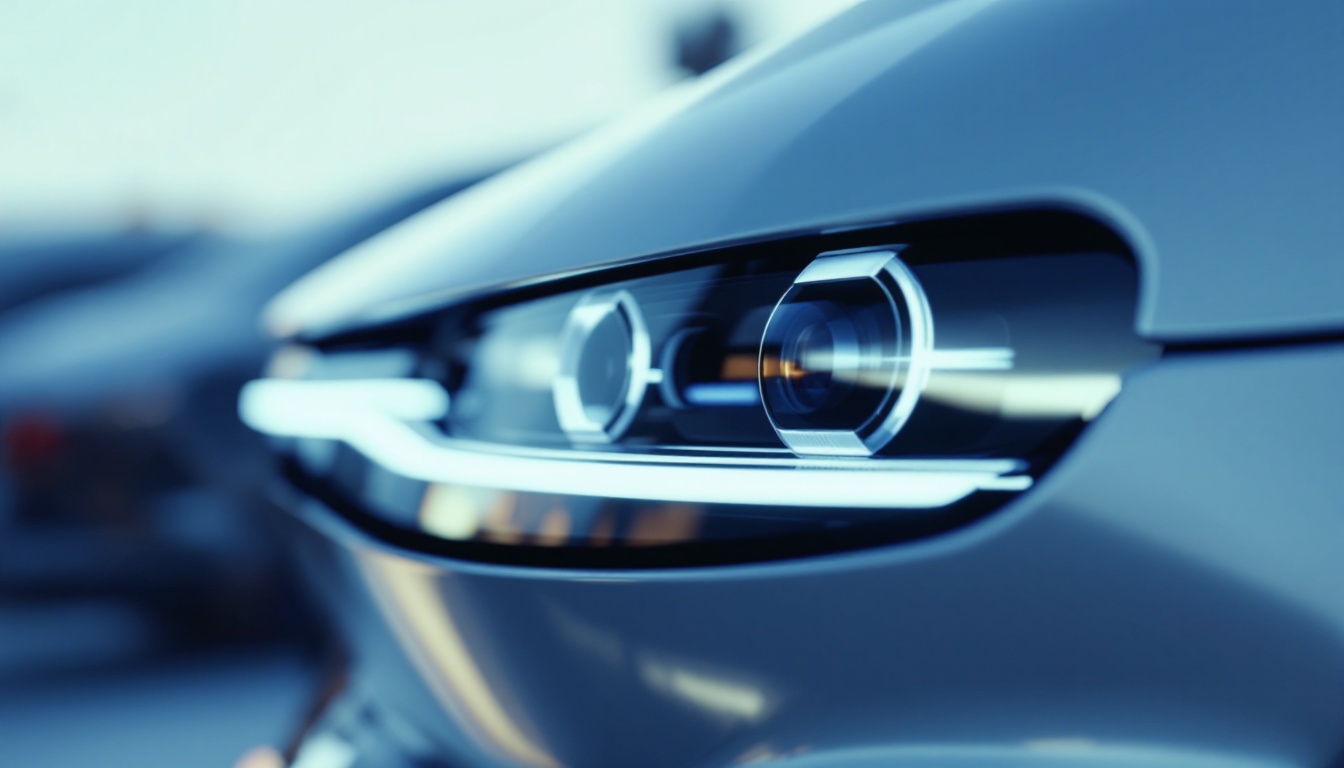
Functionality and Purpose of the Front Collision Camera
At its core, the Front Collision Camera uses advanced sensors and algorithms to monitor the road. When it detects an imminent collision, it communicates this information to the vehicle’s control systems, which can trigger automatic braking or alert the driver to take action.
This functionality is designed to reduce the severity of accidents and in many cases, can prevent collisions altogether. The ability to act quickly can be the difference between a minor incident and a serious accident. In addition to detecting vehicles, the camera is also adept at identifying pedestrians, cyclists, and other road users, thereby enhancing overall situational awareness. This multi-faceted approach ensures that drivers are not only alerted to traditional hazards but also to more vulnerable road users who may be at risk.
Technical Specifications of the Front Collision Camera
The Front Collision Camera is characterized by high-resolution imaging, real-time processing capabilities, and a wide field of view. Typically featuring a resolution of 1280×720 pixels or higher, this camera is capable of capturing detailed images even in low-light conditions.
Furthermore, the camera is integrated with sophisticated software that utilizes machine learning to differentiate between various objects and assess risks. This enhances the system’s ability to make informed decisions quickly, ensuring optimal safety performance under various conditions. The camera’s performance is further bolstered by its ability to adapt to changing weather conditions, such as rain or fog, where visibility may be compromised. By utilizing infrared technology and advanced filtering techniques, the Front Collision Camera maintains its effectiveness, providing drivers with reliable safety features regardless of environmental challenges.
Exploring the IPAM Camera Features
The IPAM camera is another essential component of the Ford Mach E’s safety framework. Focused primarily on parking assistance, this camera offers features that significantly alleviate the challenges associated with maneuvering in tight spaces.
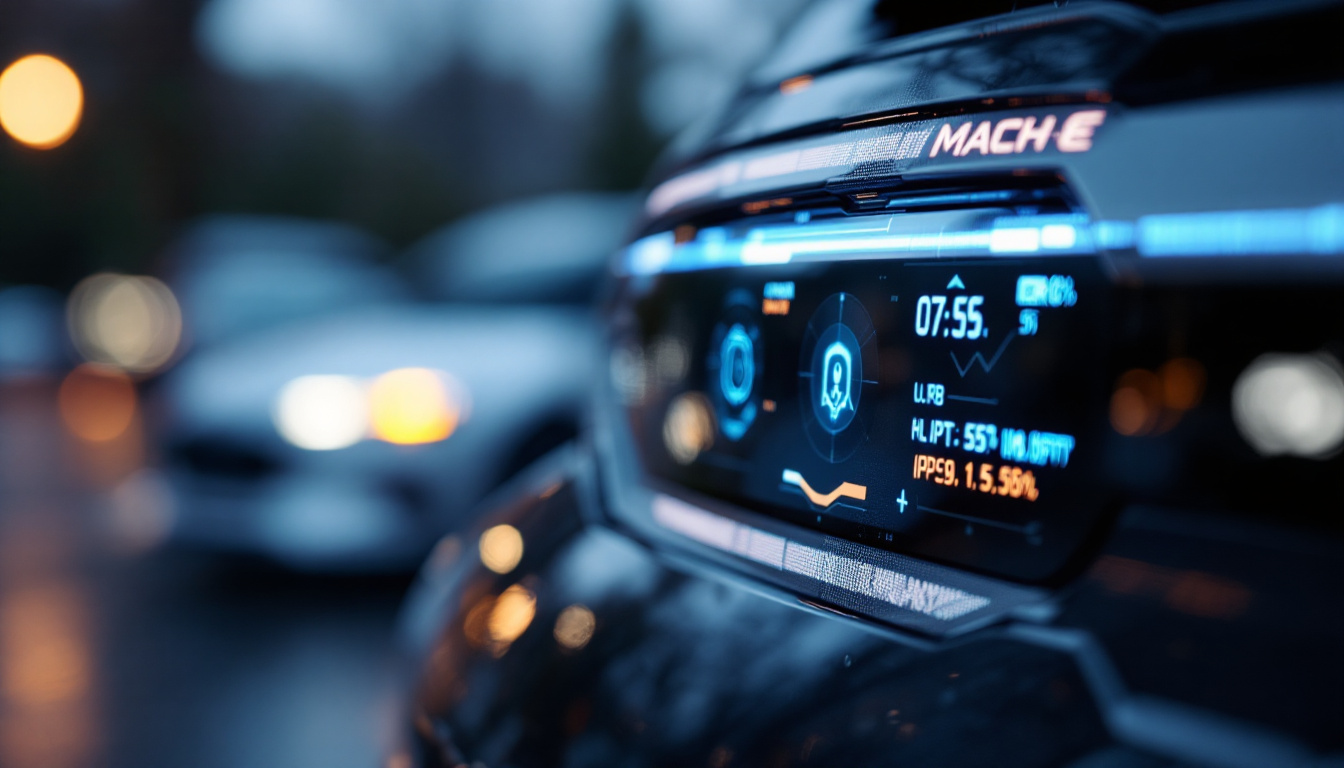
Understanding the IPAM Camera’s Role
The role of the IPAM camera is to provide a comprehensive view of the area immediately surrounding the vehicle while it is parked or in low-speed maneuvers. This camera enhances the driver’s ability to park safely and efficiently.
Integrated with sensors and the vehicle’s display systems, the IPAM camera can offer guidance lines, alerts for nearby obstacles, and even engage automatic parking features if equipped with such technology. This integration ensures that drivers are not only aware of their surroundings but can also rely on the vehicle’s advanced systems to assist them in making informed decisions while parking.
Key Features of the IPAM Camera
- Wide field of view: Provides a panoramic view around the vehicle.
- Real-time feedback: Offers instantaneous information fed directly to the dashboard display.
- Obstacle detection: Alerts drivers when obstacles are detected in proximity.
- Guidance lines: Displays visual lines to assist with parking maneuvers.
These features collectively enhance the parking experience and significantly reduce the likelihood of minor accidents or damage while maneuvering in confined spaces. Moreover, the IPAM camera’s ability to adapt to various lighting conditions ensures that drivers receive clear visuals at all times, whether it’s bright daylight or dimly lit parking garages. This adaptability is crucial for maintaining safety and confidence while parking, especially in unfamiliar environments.
Additionally, the camera’s integration with other safety technologies, such as blind-spot monitoring and cross-traffic alerts, creates a more holistic approach to vehicle safety. By working in tandem with these systems, the IPAM camera not only assists during parking but also enhances overall situational awareness, making the driving experience more secure and enjoyable. This synergy between technologies exemplifies Ford’s commitment to innovation and safety in their vehicles, ensuring that drivers can navigate urban landscapes with ease and peace of mind.
The Interplay Between Front Collision and IPAM Cameras
The collaboration between the Front Collision and IPAM cameras exemplifies the integration of advanced safety technologies in the Ford Mach E. Together, they create a harmonious system that enhances decision-making for the driver.
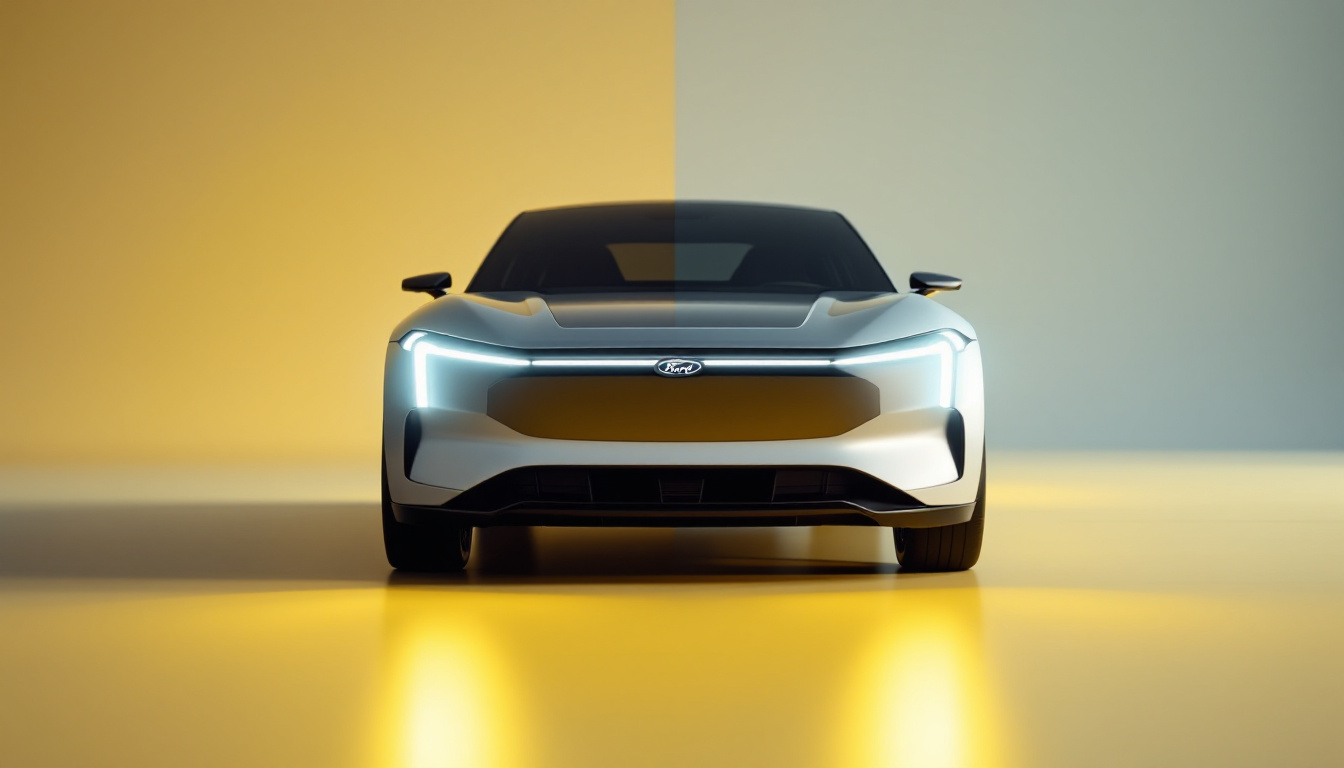
How the Two Cameras Work Together
The synergy between these camera systems is evident when maneuvering the vehicle in urban environments. While the Front Collision Camera focuses on detecting potential hazards on the road, the IPAM camera provides support during parking and low-speed driving situations.
This interplay enables the vehicle to provide comprehensive safety packages that protect against multiple risks, whether on the highway or navigating a busy parking lot. The communication between these systems helps create a seamless experience for the user.
Safety Enhancements from Dual Camera Use
The combined use of the Front Collision and IPAM cameras leads to significant safety enhancements. The real-time data collected from both systems can lead to proactive alerts and actions that mitigate risks and enhance the overall driving experience.
Moreover, this dual-camera approach allows for better situational awareness, ensuring that drivers are informed about their surroundings, whether they are traveling at high speeds or parking in tight spaces.
Maintenance and Troubleshooting of Ford Mach E Cameras
Even the most advanced camera systems require regular maintenance to function optimally. Ensuring that the cameras are clean and operating correctly is crucial for the safety features to perform effectively.
Regular Maintenance Tips for Optimal Performance
To maintain the performance of the camera systems in the Ford Mach E, consider the following tips:
- Regularly clean the camera lenses to remove dirt and debris.
- Check for software updates to ensure the system is using the latest enhancements.
- Inspect the camera housing for any signs of damage or misalignment.
- Consult the vehicle’s manual for specific maintenance recommendations.
Consistent attention to these details can significantly extend the lifetime and efficacy of the camera systems.
Common Issues and Troubleshooting Steps
While the Ford Mach E camera systems are designed to be reliable, issues can occur. Here are some common problems and their troubleshooting steps:
- Fogged lenses: Clean the lenses with a microfiber cloth to remove moisture or dirt.
- Camera not responding: Reset the vehicle’s computer system or check for software updates.
- Distorted images: Ensure the camera is correctly aligned and inspect for physical obstructions.
By addressing these issues promptly, vehicle owners can maintain the reliability of the Ford Mach E’s advanced camera systems.
